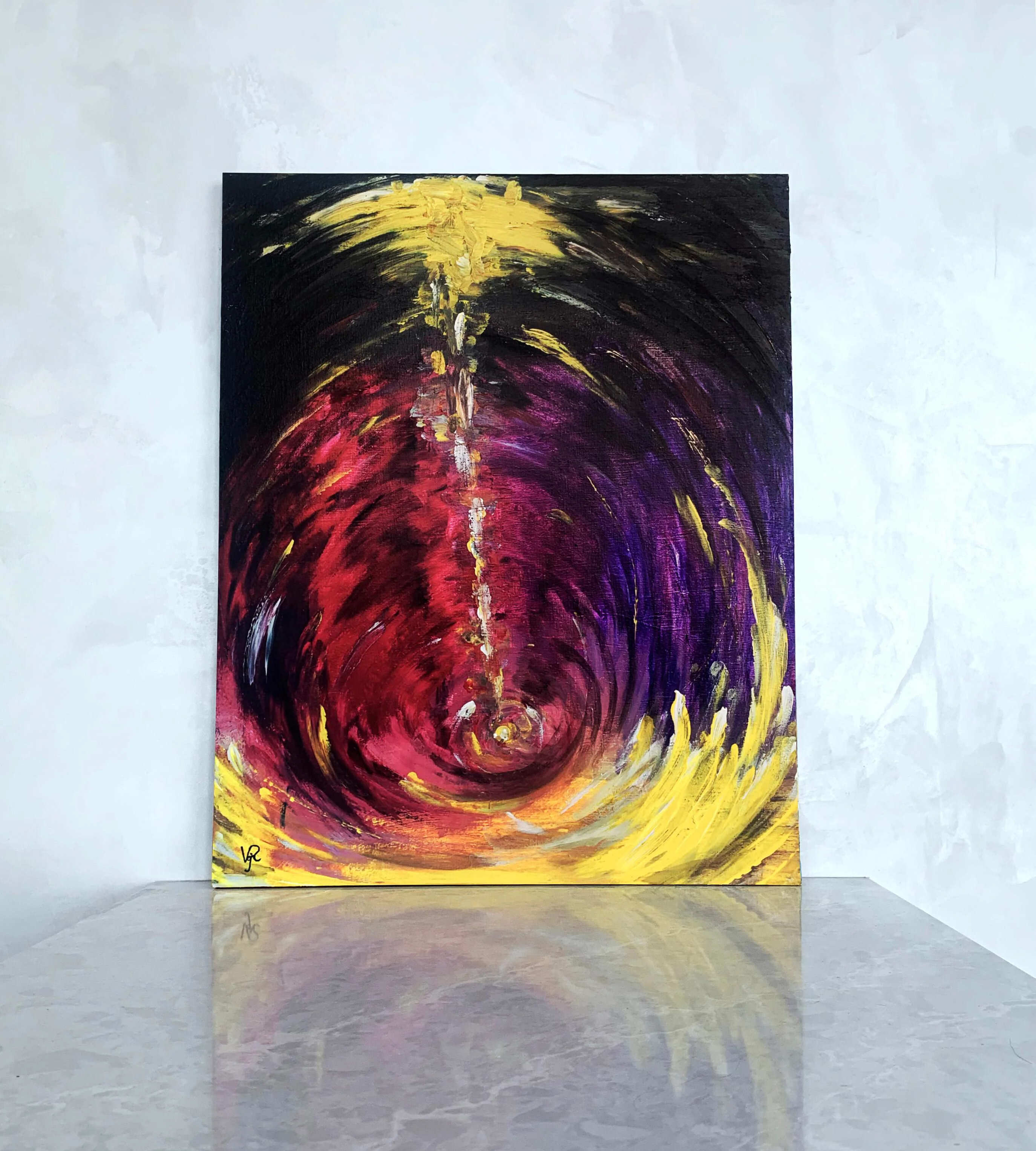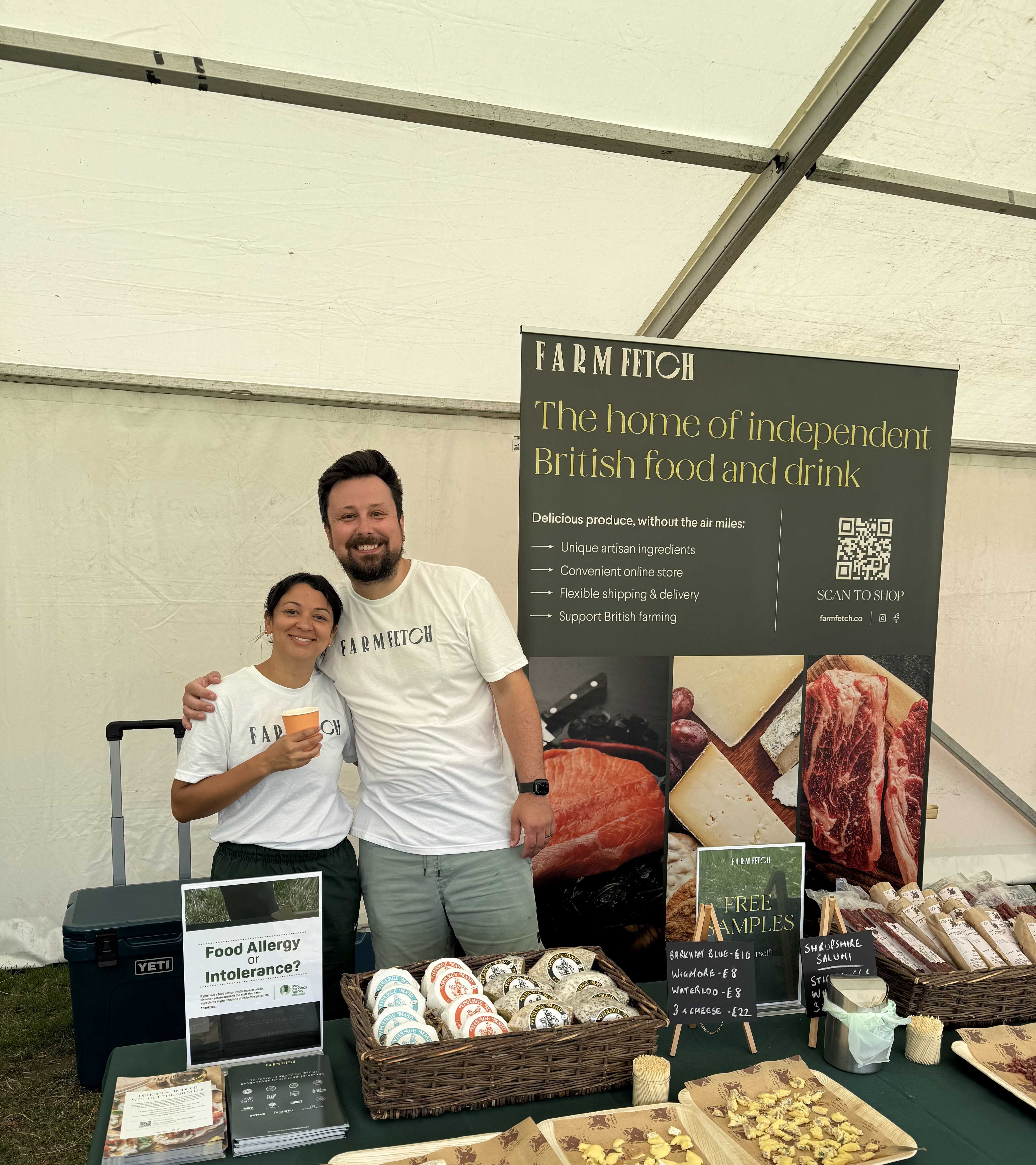Andrii Zhyvodorov didn’t begin his journey in art sales. Originally, he was selling traditional Ukrainian embroidered clothing online. At some point, he noticed that his father’s paintings were hardly selling—and when they did, they weren’t profitable. Curious, he researched how similar artworks were performing internationally and realized there was real demand. He photographed his father’s pieces, listed them on global marketplaces, and to his surprise, they began to sell.
Soon, Andrii realized this wasn’t just his father’s case—many collectors across Ukraine faced the same problem: valuable works with no path to international buyers. He started reaching out, applying the same approach, and eventually working directly with artists themselves. Seven years later, that improvised solution has become Ukrainian Vintage, a curated art marketplace featuring over 12,000 works. Based in Kyiv with a team of nine, Andrii personally visits artists, photographs their collections, and connects them with collectors in the U.S., Europe, and Asia—often before the artist even knows how to upload a photo themselves.
“In Ukraine, almost no one is buying expensive art right now”
The business works because it solves a clear problem. Many of the artists Andrii partners with are experienced painters in their 60s, 70s, and 80s with large, unsold backlogs and little ability—or interest—to market themselves online. “They don’t know how to use the internet, how to list on marketplaces. That’s where we help,” he said. Each piece is listed and sold individually, and only after a sale is the artist asked to ship the work.
While demand from within Ukraine has dried up, international sales have accelerated. “Outside of Ukraine, there’s huge demand—especially from the U.S.,” Andrii said. Ukrainian Vintage closed 2023 with nearly $500,000 in revenue and was named one of Forbes Ukraine’s top 250 small and medium businesses. But war-related risks have made the path uneven. “Many marketplaces tell us, ‘We support Ukraine,’ but then they say they won’t work with us because of shipping risks,” he said. Those blocks have made diversification a priority—and selling directly has become the new focus.
.png)
.jpg)

.jpg)
%20(1).jpg)
.jpg)
%20(1).jpg)



.png)